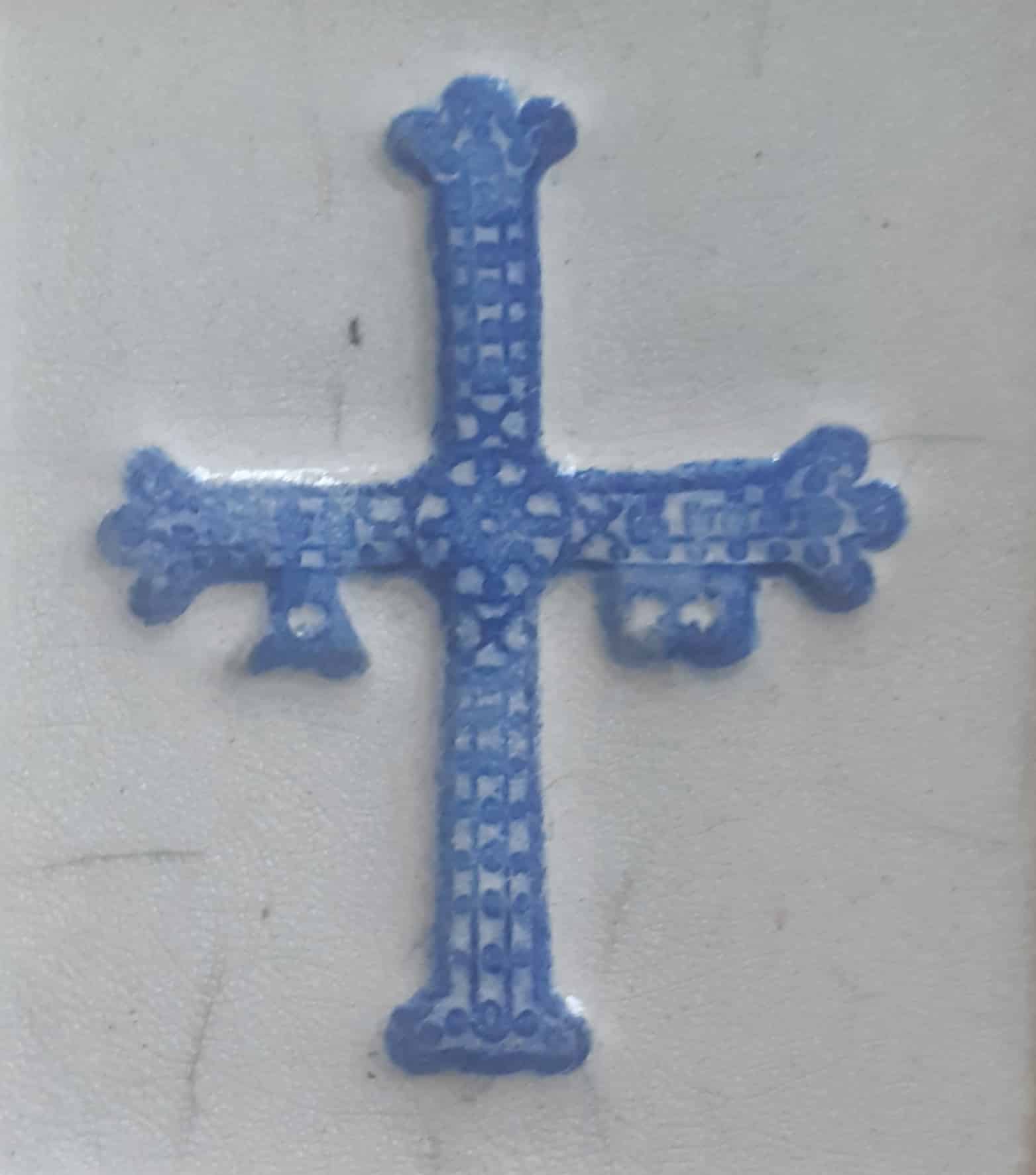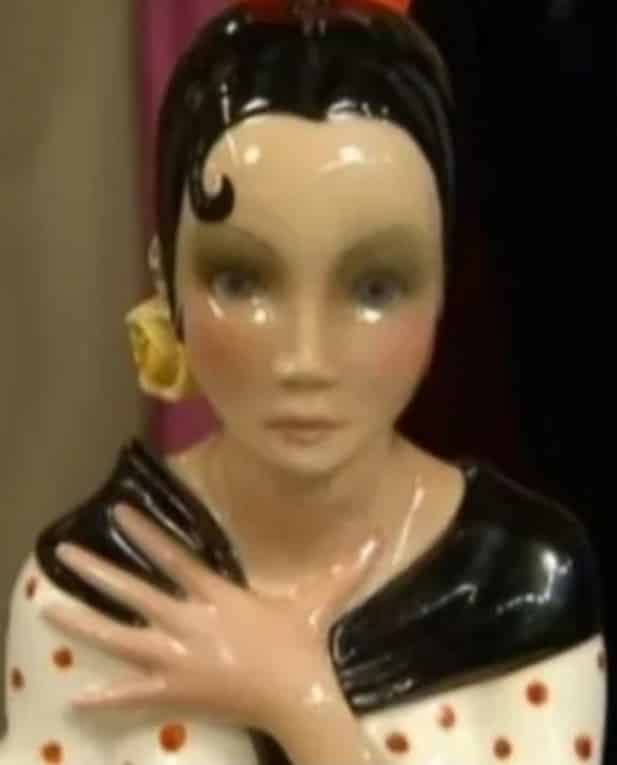Everyone loves a bargain – with Moncayo Guardamar antiques and boot market thriving – with thousands swarming to the Guardamar hunting grounds.
The popular market is booming with a plethora of goodies up for grabs, from jewellery, candlesticks, chandeliers, furniture, paintings, mirrors, gardening, to that of builders DIY merchandise, and ladies and gents clothing items, et al – from as little as 50 cents!
Items purchased at Moncayo weekly Saturday market include a pair of rare iron galleon ships, a Louis Armstrong figurine, a Spanish oil painting on canvas, depicting on the back: ‘Spanish grandmother, mother and daughter, deserves respect installed in culture. I know that giving us news so little by little I know everything is blind on the spot’.

Antiques TV shows have proved to be a big hit with millions of viewers tuning in daily to watch shows, such as Bargain Hunt, Salvage Hunters, Cash In The Attic, and Antiques Roadshow.
A Spanish dancer figurine by Lenci – purchased for £29 – is worth up to £3,000 according to Antiques Roadshow expert Will Farmer.
The Spanish dancer – found in a charity shop – was designed by Helen Konig Scavini for Lenci in the 1930s.
The Spanish dancer’s black and white ruffled polka-dot dress figurine is highlighted by her immaculate eyeliner and lipstick.

“25 years ago, age 13, I walked into an antique fair and acquired my very own example which was exactly the same,” said BBC Antiques Roadshow expert Farmer.
Lenci, during the 1920-1930s, was the jewel in the crown of the ceramic industry: “Lenci in the 1920s and 1930s were the pinnacle of what they were doing.
“They were formed by a young lady called Helen Konig Scavini, a well-travelled lady who originated from Germany, moved to Switzerland and married an Italian,” said Farmer.
“They were some of the most wonderful art-deco figures of the period, epitomising the style and the entire essence of that day,” he added.
The Lenci Company was established in Turin after the First World War, circa.1918, producing high-quality dolls, luxury goods, toys, puppets and household wares, including decorative ceramics.
Farmer, who revealed the figure was valued at £2,500-£3,000, said: “These are incredibly designed figures and the Italians love them. I have to say I love mine as well.”
An old Asturias Spanish church cross pot candleholder was bought at Moncayo.
The coat of arms of Asturias is the official heraldic emblem of the Principality of Asturias, adopted in 1984.
The Victory Cross (Asturian and Spanish: Cruz de la Victoria) is an early 10th century Asturian crux gemmata or jewelled cross, given by King Alfonso III of Asturias, who reigned from 866 to 910, to the Cathedral of San Salvador of Oviedo, Asturias, Spain.
It was made in 908 in the Castle of Gauzón (Raices Viejo, Castrillón, Asturias). At the core is an oakwood cross, in legend identified with a cross carried by King Pelagius of Asturias at the Battle of Covadonga.
*If you have bought a valuable antique from a charity shop or car boot let us know at: office@theleader.info
Main image: Lenci Spanish dancer figurine purchased for £29 worth £3,000.





